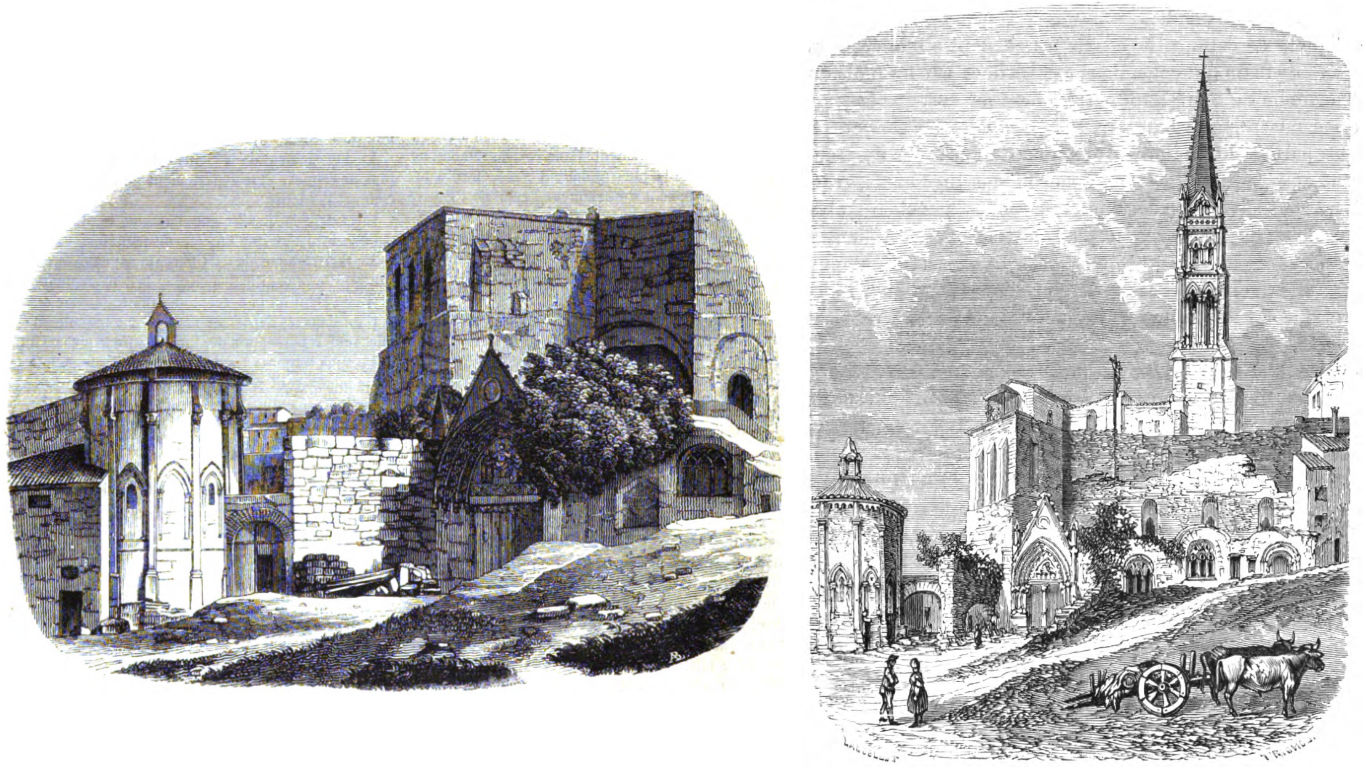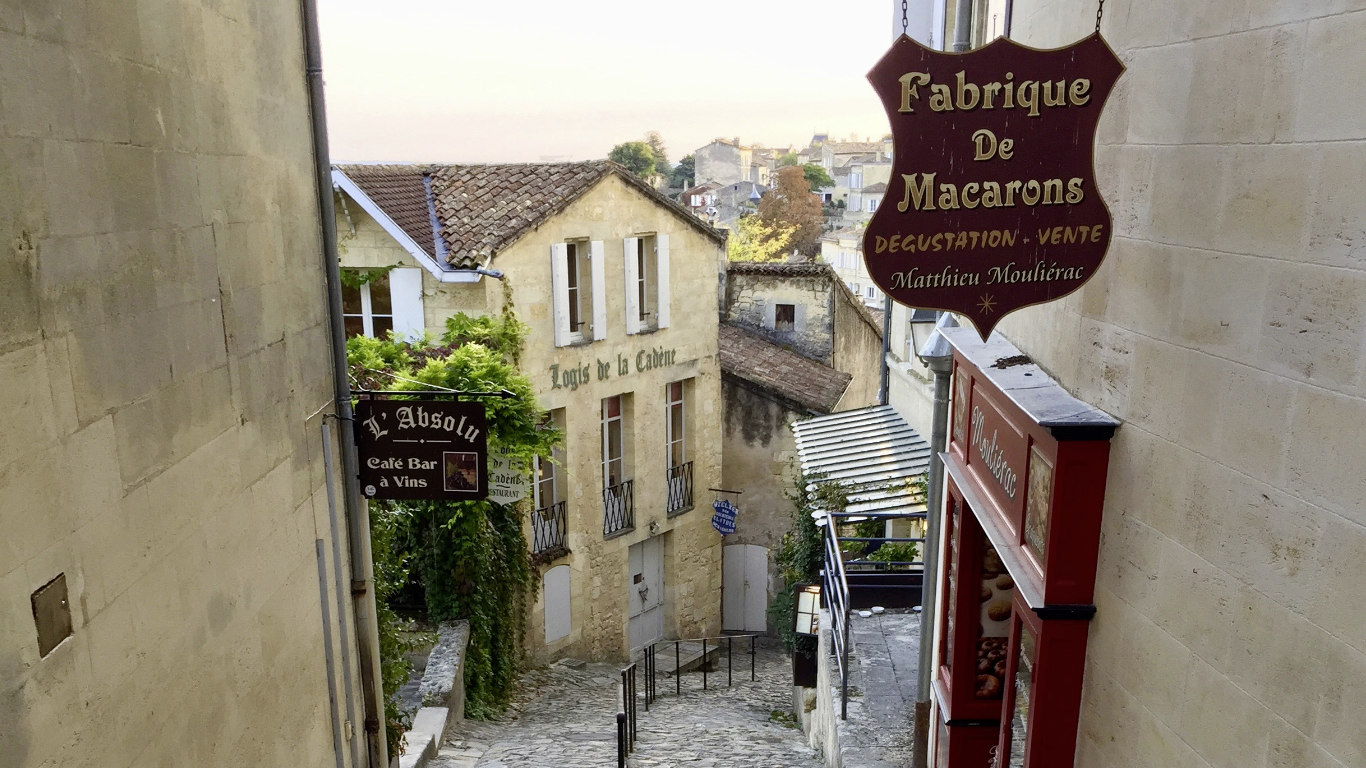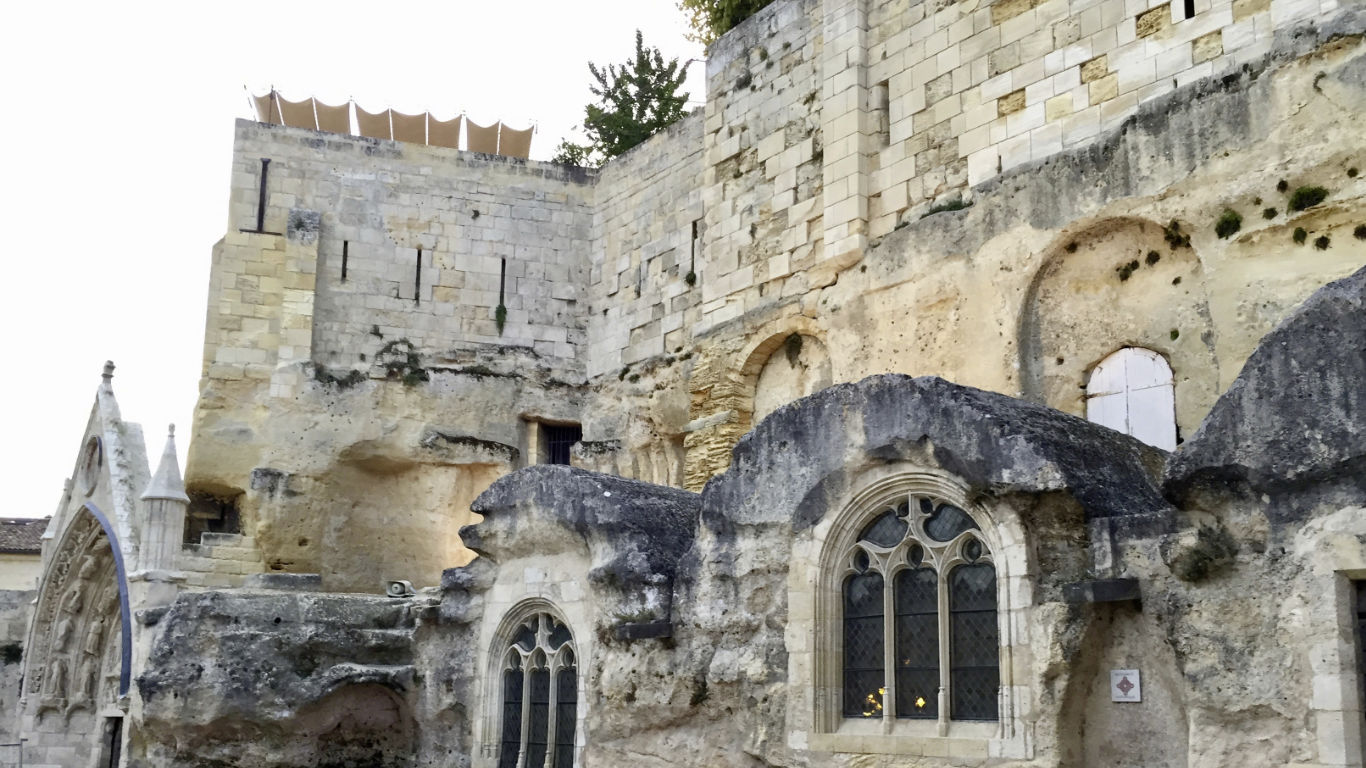
The Historic Town of Saint-Émilion
Saint-Émilion is a remarkable place with evidence of human settlement since prehistoric times. Since the introduction of viticulture by the Romans in the 2nd century, it has been continuously practiced to this day.
Early human settlement in natural caves reaches as far back as 35,000 BC. A testament of the Celtic Gaul period is the hillfort on the plateau overlooking the town of Saint-Emilion. The Romans arrived in 27 BC during the reign of Augustus, and created the first vineyards by felling forests and grafting new varieties of grape on vines growing naturally in the region. They left a lasting mark on the landscape with several stunning Roman villas and Romanesque churches still intact.

In the 8th century, a Breton monk, Émilion, sought asylum here from the Benedictine community and led an eremitic life in a cave. According to legend, he is said to have performed many miracles and thus developed a large following and the region became known as Saint-Émilion. His disciples began to build a monolithic church, which was completed three hundred years later.
In 1151 Eleanor of Aquitaine marries Henry Plantagenet (later Henry II of England) and the town becomes a part of the English kingdom. However, in 1199, King John grants the town autonomy. The town changes hands repeatedly during of the Hundred Years’ War. It also suffered during Wars of Religion in the later 16th century and during the Revolution when many of the ancient buildings were demolished.
During the 12th and 13th centuries the region started producing “vins honorifiques” wine offered as gifts to kings and dignitaries, but the turbulent periods affected the wine production and it was not until 1853 that the region started to recover thanks to the viticulture. Demands increased as the quality of the Saint-Emilion wines enabled them to be transported by sea without turning into vinegar.
The long history of winemaking has shaped the architecture but before vineyards dominated, several medieval and Renaissance castles were built. The vineyard castles range in date from the mid 18th century to early 20th centuries. In Saint-Emilion the most significant religious monuments are La Grotte de Saint-Emilion, Eglise Monolithe (the Monolithic Church) the medieval monastic catacombs, and Eglise Collégiale (the Collegiate Church) with its cloister.
Today, a popular tourist destination, the town has numerous high-end restaurants, shops and boutique-hotels and B&Bs. A visit to ‘Maison du Vin’ is a necessity, and the tourism office offers tours of the underground monuments. It’s a beautiful place to wander around through the narrow winding streets opening up to fantastic vistas of the town, which is situated in a concave valley. Remember to not wear too slippery shoes for walking up the steep passageways!
Source: ICOMOS 1999
Photos by juseliushausammann.com





